Compex Natuurkunde
In de examenprogramma’s en syllabi van natuurkunde, scheikunde en biologie komen begrippen als onderzoeken, ontwerpen en modelvorming in de A-domeinen duidelijk aan bod. Deels zijn dat vaardigheden die in het schoolexamen aan bod moeten komen maar ze kunnen ook in het Centraal Schriftelijk Examen getoetst worden. Tot 2010 zijn bij de examens computers met software gebruikt om die vaardigheden te toetsen. Modelvorming komt ook nu nog in de examens voor, maar nu niet als computerexamen.
Op deze pagina’s vindt u examenopgaven die met de computer zijn te maken. De modellen zijn zo goed mogelijk vertaald naar de huidige software en volgen daarbij de oorspronkelijke opgaven. U kunt ze goed gebruiken als voorbereiding op examens en schoolonderzoeken en om te oefenen met modelleren, dataverwerking of videometen.
De opgaven worden met toestemming van het CITO gebruikt.
Fietshelm
Jaar: 2023
Niveau: VWO
Met een model wordt de impact van een val met een fietshelm onderzocht.
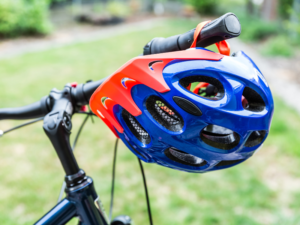
Pariser Kanone
Jaar: 2019
Niveau: VWO
De gegevens van een kanon uit de eerste wereldoorlog worden met een model vergeleken.
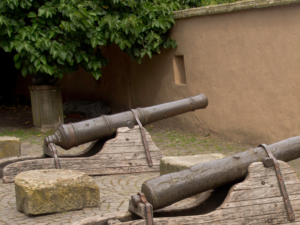
Lopen
Jaar: 2010
Niveau: VWO
Met meten aan een video en modelleren van de voetbeweging wordt die voetbeweging bij het lopen onderzocht.

Rugzakgenerator
Jaar: 2010
Niveau: HAVO
Een speciale rugzak genereert elektrisch vermogen tijdens het wandelen. Met Coach wordt via videometen het vermogen bepaald.
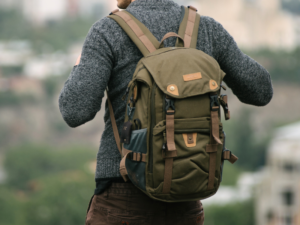
Supersnelle TGV trein
Jaar: 2010
Niveau: VMBO
In een combinatie van aflezen en videometen wordt gekeken of een snelle trein inderdaad ruim 500 km/h kan rijden.
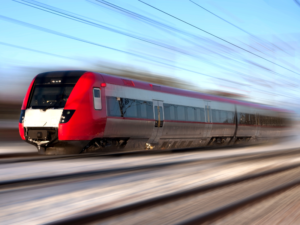
Ariane 5 raket en Smart 1
Jaar: 2009
Niveau: VWO
De start van de Arianeraket en de reis van de Smart1 satelliet worden met videometen en modellen onderzocht tot de crash op het maanoppervlak.

Kop van jut
Jaar: 2009
Niveau: HAVO
Het is altijd spannend of je met een hamerslag de bel raakt bij de Kop van Jut. Met videometen onderzoek je de gang, snelheid en energie van de cilinder die door de klap naar boven vliegt.
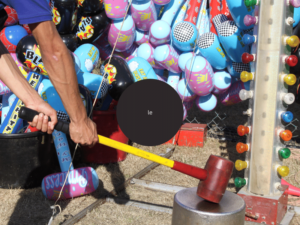
Zeppelin
Jaar: 2008
Niveau: VWO
Bij de vlucht van een zeppelin wordt met modellen geanalyseerd.
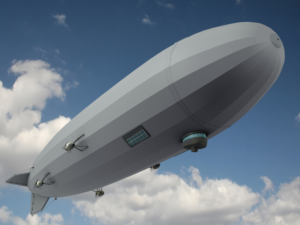
Formule 1
Jaar: 2008
Niveau: VMBO
Tijdens een pitstop wordt gekeken naar het vullen van de benzine en de versnelling bij het wegrijden
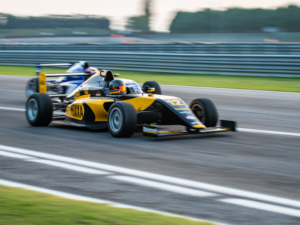
Stralingsrisico
Jaar: 2007
Niveau: VWO
Medewerkers van radiodiagnostische laboratoria werken veel met radioactieve stoffen. In deze opgave worden het effect en de eigenschappen van β-straling bestudeerd aan de hand van een energieverdeling. Er wordt ook naar het energieverlies in lucht door beta-deeltjes gekeken en ook de badge van stralingsmedewerkers komt ter sprake.
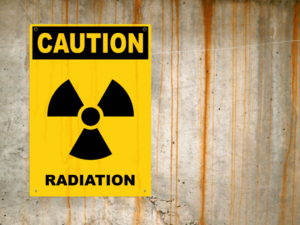
Kanaalspringer
Jaar: 2007
Niveau: VWO
Baumgartner springt met vleugels van 9 km hoogte het kanaal over. Met een model onderzoek je verschillende aspecten van de sprong.
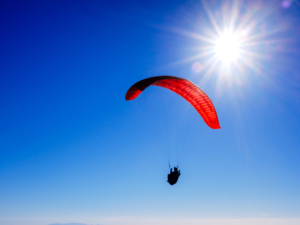
Trampoline
Jaar: 2007
Niveau: VMBO
Een trampolinesprong wordt gemeten uit een video en daarna wordt de meting nog geanalyseerd.
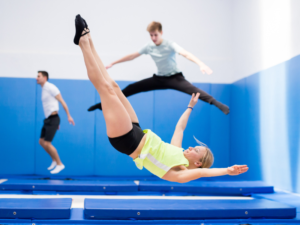
Gloeilampje
Jaar: 2006
Niveau: VWO
Een gloeilamp heeft bij aanzetten tijd nodig om op te warmen. In die tijd is de stroomsterkte nog niet constant en de weerstand nog laag. Met een meting is dit onderzocht. Daarna wordt gekeken of de gemeten opwarming kan worden gemodelleerd.

Spaceshot
Jaar: 2005
Niveau: VMBO
Met behulp van videometen en analyse van metingen wordt gekeken wat de versnelling is bij de spaceshot in Walibi pretpark.

Sahara
Jaar: 2004
Niveau: VWO
Waarom wordt het in de Sahara zo heet? Je gaat dit bekijken met een model voor instraling en uitstraling. Daarna vergelijk je met het model de invloed van de zon op landklimaat (Sahara) en op zeeklimaat (Caribische zee).

Optrekken en rijden
Jaar: 2004
Niveau: VMBO
Door meten aan een video wordt het optrekken en het rijden van auto’s onderzocht.

Hellingbaan
Jaar: 2004
Niveau: HAVO
Bij Pretpark Six-Flags is een hellingbaan. Je wordt omhoog getrokken en dan versneld weer naar beneden. In deze opgave bepaal je snelheden en versnellingen met videometen.
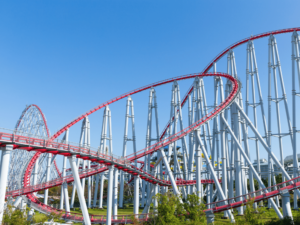
GPS
Jaar: 2003
Niveau: VWO
Met een model wordt de lancering van GPS-satellieten in een baan om de aarde nagebootst.
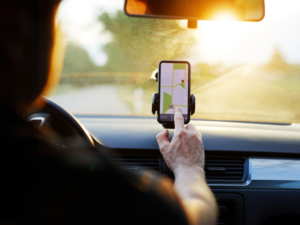
Stralingsmeting
Jaar: 2003
Niveau: HAVO
Stralingsmedewerkers mogen niet te veel straling ontvangen. Ze worden daarom gemonitord met een stralingsbadge. Hoe dat werkt wordt in deze opgave uitgewerkt.

Vrije trap
Jaar: 2003
Niveau: VMBO
In deze videometing onderzoek je de contacttijd van je voet met een bal bij een vrije trap en of de keeper wel in staat is de bal tegen te houden als deze van 19 m afstand in de bovenhoek wordt geschoten.

Melk bij de koffie
Jaar: 2000
Niveau: VWO
Hoe blijft je koffie het warmst? Als je er meteen een scheutje melk in doet of pas als je begint met drinken? Bij deze vraag onderzoek je dit met een model.

